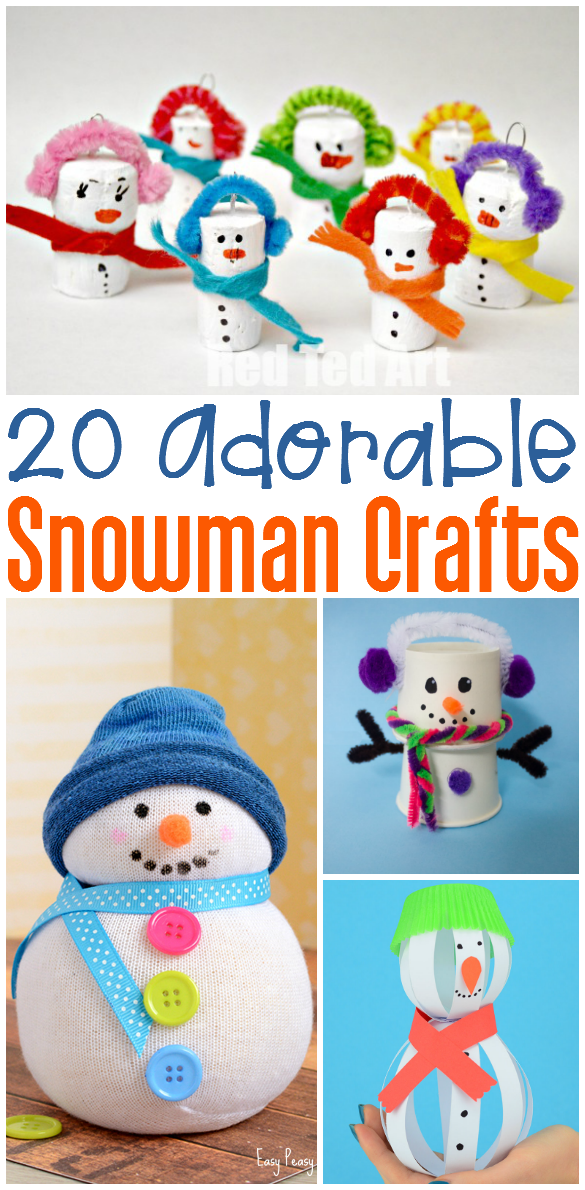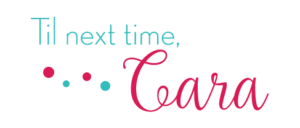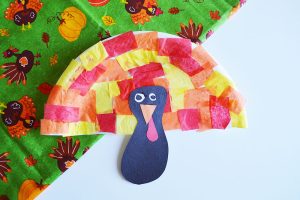
20 Snowman Crafts
Who wants to build a snowman? We do! This week we’ve rounded up some snowman crafts and activities. Each link contains a fun…
Have you seen the BORED Board? We’ve been using it for years in our home and clinic. It’s a fabulous way to re-direct your child/student when he is complaining of boredom. Let’s face it, children should learn the skill of playing on their own and finding an appropriate activity to do so.
Sounds easy, right? Not for children with difficulty processing abstract concepts such as boredom, time, and space. For instance, my son has high functioning autism. If I ask him to go outside and play; he stares at me with “deer in the headlights” eyes. He has no idea where to start or what to do. I have observed this with my students in the school system and clients in my clinic. Typical children may exhibit this same lack of understanding of abstract concepts.
If we analyze time we may think of some timepieces used by our ancestors, the sun-dials. Did you know that even before that, observers used the changes in leaf movements in response to the sun to note the passage of time? It was important for people, even then, to get a visual representation of what time looked like. We base our entire lives by events on the calendar: birthdays, holidays, special events, etc. We go to work at a certain time and even our bodies seem to know when it’s lunchtime! According to the National Institute of Health, rhythms of life, known as circadian rhythms, are “produced by natural factors within the body, but they are also affected by signals from the environment. Circadian rhythms can influence sleep-wake cycles, hormone release, body temperature, and other important bodily functions. They have been linked to various sleep disorders, such as insomnia. ”
Why all of this technical stuff about rhythms? Often, we need to take a look at our own behaviors before we look at our students’, children’s, etc. We need to get a handle on what specific information we need to function before we can appropriately help those we care for. There are many ways to keep track of time. Clocks, watches, timers, calendars……yet, our children may not be as skilled as we are in visualizing time. It may look like a wide-open space with no beginning and no end. True!
Have you ever been shopping in a large store and there’s no clock? It’s a bit disorienting!
So, there are many things we can use to assist our kids with the concept of free-time. First, we can provide them their own clock, visual timer (there’s even an app), or give them a verbal countdown of the time remaining.
Looking for more fun activities for brain breaks? Check this out!
Use specific words such as “you have 15 minutes to play” or “choose two activities that can be done outside.” This will provide some specific details that your child may use. It’s even OK to set out supplies for the activities before you want your child to use the BORED chart. Try and give him a few choices so he feels more independent. Remember every success builds a feeling of pride and accomplishment!
The chart I’ve created is color-coded for easier use. The word BORED is in rainbow order (this is important to some children, I know 😉 Each letter is identified by a saying beginning with the letter. The cards are color-coded to match the activity they choose. Print, cut, and laminate the cards. Place them onto a ring and then next to your BORED sign. Voila!
Available in our store!
Enjoy!



